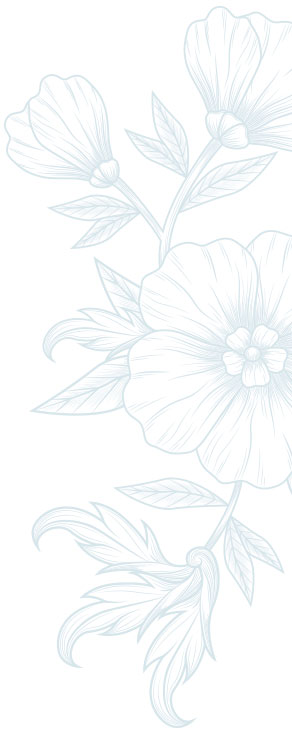



A Sense of History
Unveiling Our Rich Heritage
Tintern Abbey was founded by Cistercian monks after 1200, under the patronage of William Marshall, on a small river that flows into Bannow Bay. After its dissolution in 1536 its lands were granted to Sir Anthony Colclough in 1562. The Colclough family, who lived there for the next 400 years, modified the abbey and built many structures down through the years around the abbey, including bridges, a linen mill, a flour mill, battlement walls and the Georgian Walled Garden.
The Walled Garden was built 520 metres south west from Tintern Abbey, using stone gathered from the surrounding fields and lined with bricks which were hand made in the Walled Garden using local estuarine mud. Lime was made in a lime kiln at the battlement bridge from burnt limestone brought from the Hook Peninsula by boat and mixed with sea sand to make lime mortar.

Restoration
Restoration work by volunteers, organised by Hook Tourism, began in July 2010, after a five-year licence was signed.
Glasshouse Restoration
This Victorian Vinery/Orangery has been restored by our Gardeners with the help of Wexford County Council. A ‘Sponsor a Timber’ fundraising scheme raised all the money needed for the restoration of the Glasshouse which originally grew Grapes and was where Citrus plants were over-wintered to protect them from frost. Conservation Architect Michael Tierney drew up plans based on surviving features. Baltic Redwood from Seacroft Infirmary in Leeds was reclaimed by Clare O’Morchoe from Kiltra Timber Company Ltd and machined by Alan Bennett from Oakman Ltd. Stainless steel fittings were supplied by Kent Stainless. Metal work made by Jim Furlong. Glass sponsored by Wexford Viking Glass Limited.



Geometric Design
The Diamonds have been reinstated after Earthsound Archaeological Geophysics discovered this Geometric design with diamond flowerbeds. Soil analysis by Dr. Patrick Forrestal, Research Scientist, Johnstown Castle, and Pollen Analysis by Dr. Karen Molloy, Palaeoenvironmental Research Unit, National University of Ireland Galway, have given insights into how the diamonds were originally planted.




Colclough Walled Garden was restored with the support of:
Keep Updated
Latest News & Updates
The Restoration Team
January 02, 2024
Tintern during the Colcloughs
December 29, 2023
Tintern Abbey, A history
December 29, 2023














